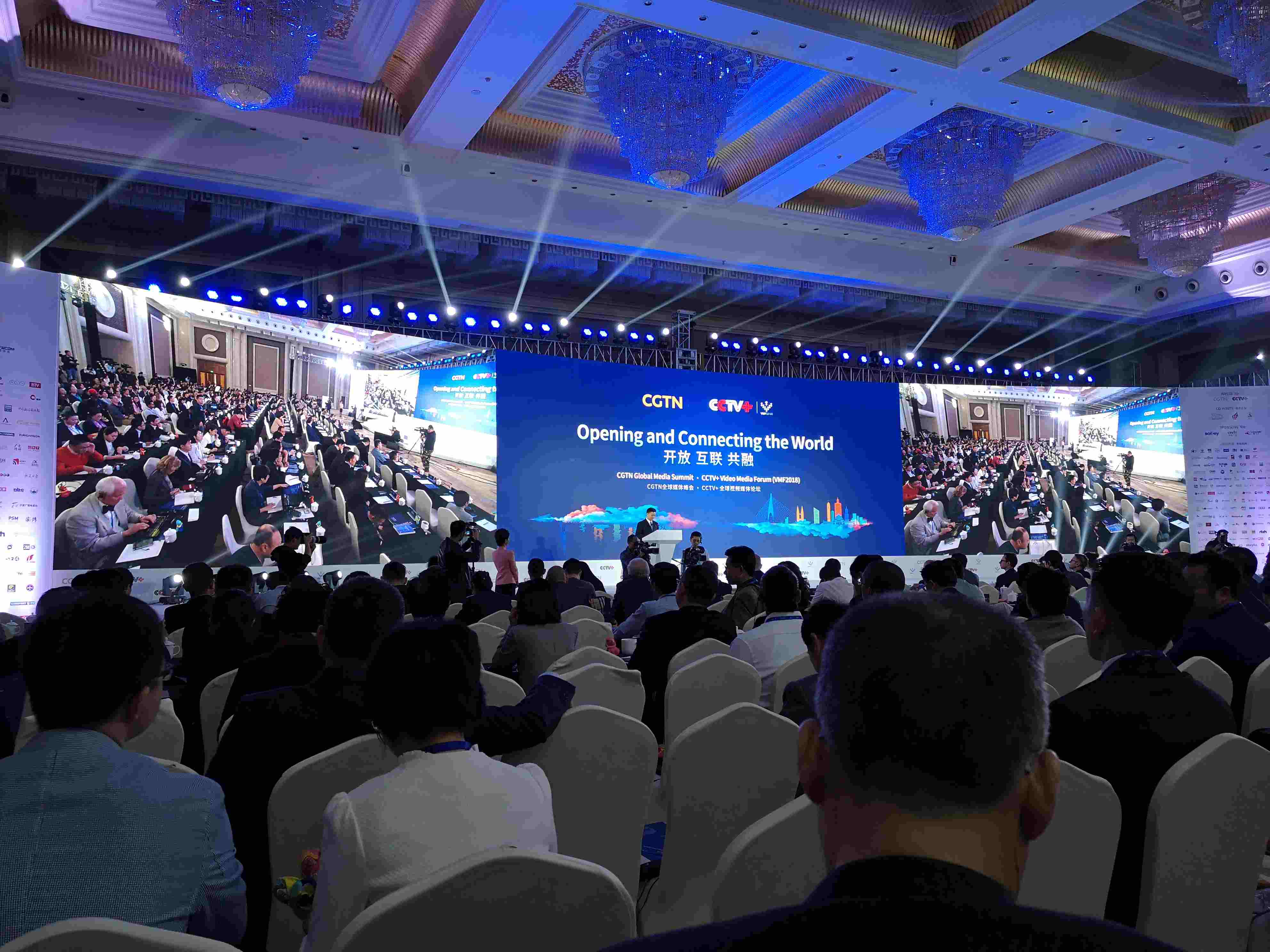
China
20:41, 17-Oct-2018
Reporter’s Diary: Media trends and tech disruptors
Updated
19:56, 20-Oct-2018
John Goodrich
02:14

The CGTN Global Media Summit in Chongqing wrapped up on Wednesday with a focus on the nascent technologies that could transform the media industry over the coming decade.
Blockchain, for example, has entered the public consciousness yet is more likely to be met with a puzzled look than set the average person's pulse racing.
But for those in the know – of which I'm very much not one – the possibilities and the consequences of the incorruptible digital ledger's implementation are enormous.
After chairing a panel on Wednesday morning about potential uses of blockchain in the media industry, David Schlesinger, former Reuters editor-in-chief and now managing director of Tripod Advisors, joined me for a live interview.
To explain the potential magnitude of blockchain, David made a comparison to the early days of the Internet. There were people who dismissed it as a fad, too complicated and too technical. Don't make the same mistake with blockchain, he warned, or you'll be left behind.
The technology is already being used by musicians, for example, in helping small artists ensure they receive the money they're owed for online plays.
In the news industry, blockchain could be used to monetize online content and contribute to a long-term solution to building a sustainable digital media business model.

The CGTN Global Media Summit in Chongqing wraps up on Wednesday. /CGTN Photo
The CGTN Global Media Summit in Chongqing wraps up on Wednesday. /CGTN Photo
As with the Internet three decades ago, there are theories and assumptions – the broader practical applications and the consequences will be the subject of many media summits to come.
Two disruptors to the news media already in full swing – particularly in China – are the phenomena of short video and live-streaming.
On Wednesday summit participants heard how the power of 5G, the fifth generation mobile network, will make vertical video an even greater part of the fabric of our lives.
On the streets of Chongqing tourists already throng to hotspots to post 30-second videos of landmarks or food trends – and that's when they're not live-streaming their every move.
In China there were 1.1 billion 4G users in August 2018, and hundreds of millions were sharing or creating video content. 5G is expected to increase data rates by as much as 20 times, allowing 4K video to be shared in seconds.
The technical quality and accessibility of mobile video is only going to be further boosted by the explosion in mobile speeds. And with that advance, the relationship between "we" and traditional media becomes ever more pertinent.
The summit attendees I spoke to continued to draw a clear barrier between amateur content on apps like Tiktok and the professional news journalism carried out by their organizations.
Even with that accepted, generations are growing up with short video or other forms of social media as their news source – the challenge for mainstream media companies to adapt to that changing environment remains a work in progress.
Technological innovation has always pushed media into new areas and forced it to adapt – in the current era, it is happening faster than ever before. AI was a movie concept for many until relatively recently, now it's at work assisting journalists in newsrooms with further uses under development.
So will blockchain, AI and 5G revolutionize the media industry?
The short answer is, only time will tell how much impact they have. But the consensus from Chongqing is that in the year until the next CGTN Global Media Summit, tech will continue to drive new opportunities to open and connect the world.

SITEMAP
Copyright © 2018 CGTN. Beijing ICP prepared NO.16065310-3
Copyright © 2018 CGTN. Beijing ICP prepared NO.16065310-3